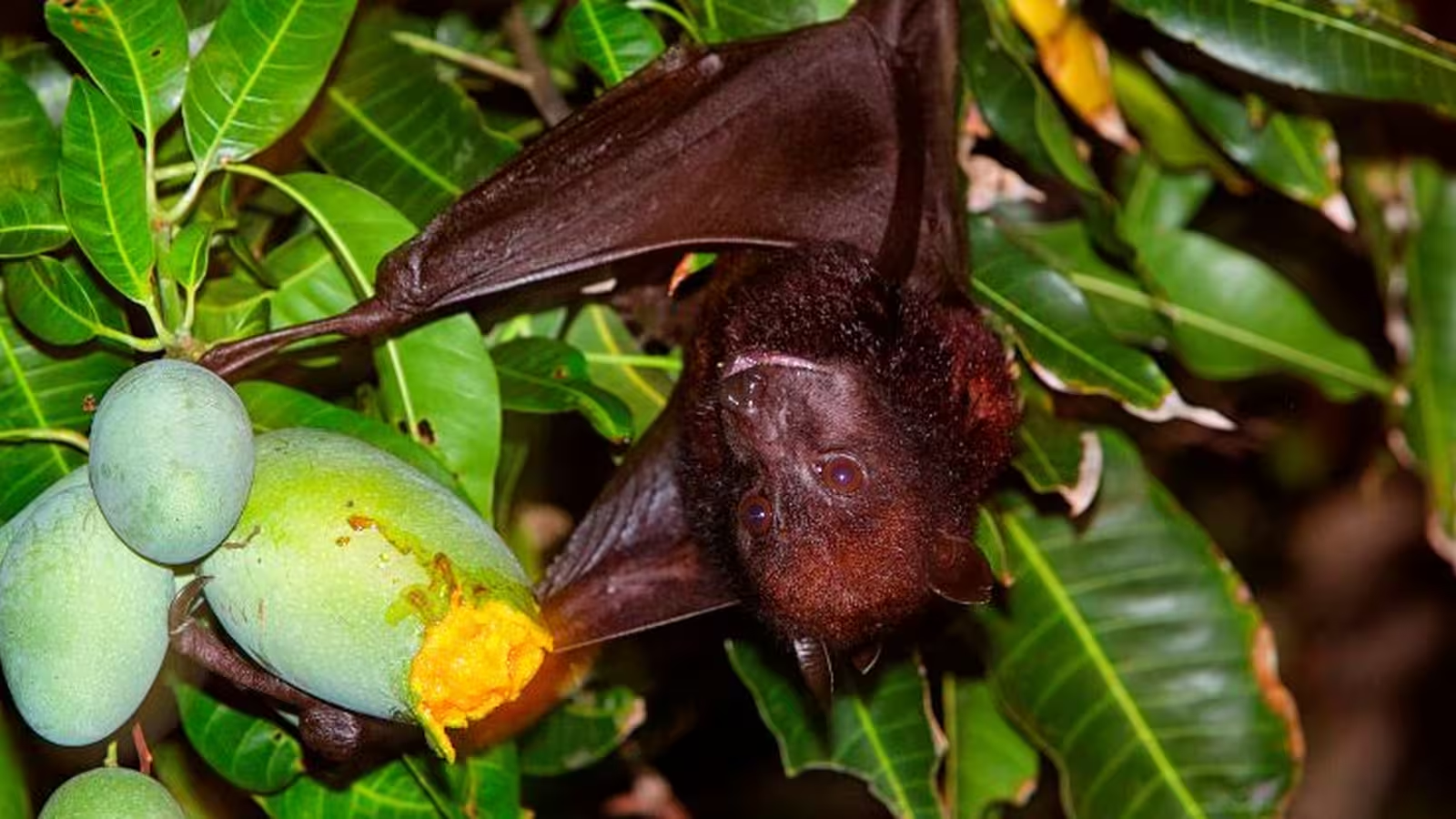3 Minutes
Background: Bats as Reservoirs of Emerging Viruses
Recent research highlights a significant discovery in Yunnan province, southwestern China, where bats inhabiting local fruit orchards have been found to host a diverse range of previously unidentified pathogens. This region, renowned for its rich biodiversity, has now become the center of attention for emerging infectious disease surveillance due to the detection of new viruses with potential zoonotic risk.
Research Overview: Identifying Unknown Pathogens
A scientific team led by Dr. Guopeng Kuang of the Yunnan Institute of Endemic Disease Control and Prevention and Dr. Tian Yang from Dali University performed a comprehensive genetic analysis on 142 bats, representing 10 different species. Utilizing advanced sequencing techniques, the researchers identified a total of 20 novel viruses, in addition to a new bacterium and a protozoan parasite. Of particular concern are two viruses classified as henipaviruses—part of a viral genus known for their lengthy genetic codes and ability to infect numerous host species.
Key Findings: Potential Links to Nipah and Hendra Viruses
The newly detected henipaviruses share substantial genetic similarities with the Nipah and Hendra viruses, notorious for causing severe and often fatal illnesses in humans and animals. These pathogens are typically rare in people but have caused outbreaks with high mortality rates in the past. Notably, more than half of the genetic sequences of the new viruses match those found in Nipah and Hendra, raising red flags for health experts globally.
Concerns About Zoonotic Transmission
While it remains uncertain whether these new henipaviruses possess the capability to spill over from bats to humans or domestic animals, their resemblance to known human pathogens necessitates increased monitoring and risk assessment. As emphasized by molecular virologist Dr. Vinod Balasubramaniam from Monash University Malaysia, the discovery of these viruses predominantly in bat kidneys—organs associated with urine excretion—suggests a plausible route for human exposure through contact with contaminated fruit or water, reminiscent of previous zoonotic outbreaks.
Ecological Role of Bats and Challenges
Interestingly, the bats in this study were captured directly within fruit orchards, an environment that brings them into frequent proximity with both humans and livestock. This environmental overlap could facilitate the transmission of bat-borne viruses if interspecies jumps occur. However, it's essential to acknowledge the critical ecological services bats provide: they act as natural pollinators, aid soil health, and serve as efficient insect predators. In fact, insectivorous bats prevent crop losses estimated at $2 billion annually for Chinese apple growers alone.
Dr. Alison Peel, a veterinarian and disease ecologist from the University of Sydney, who was not involved in the research, cautions that not all close relatives of Nipah and Hendra pose the same risk. "Some evolutionary cousins of these viruses do not appear to threaten humans or livestock, so comprehensive laboratory investigations are needed to evaluate the true spillover potential of these newly identified henipaviruses," she explains.
Conclusion
The detection of multiple new viruses in bats from Chinese fruit orchards underscores both the importance of ongoing virus surveillance in wildlife and the complicated interface between biodiversity, agriculture, and public health. Although there is no immediate evidence of human infection, the genetic resemblance between these novel henipaviruses and highly pathogenic viruses like Nipah and Hendra highlights the necessity of further research. Continuous monitoring, risk assessment, and laboratory studies will be crucial to determine whether these viruses pose a real threat—and to inform strategies that balance ecosystem health with disease prevention.
Source: doi



Comments